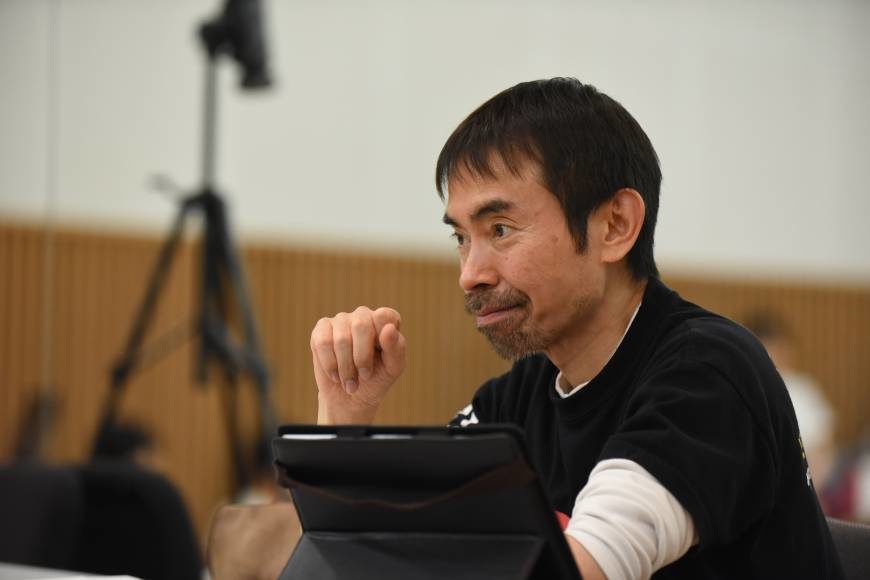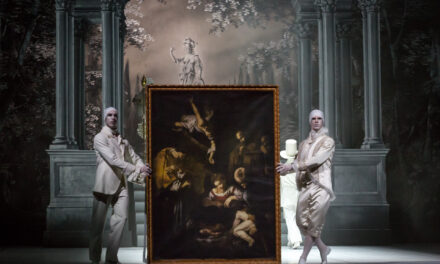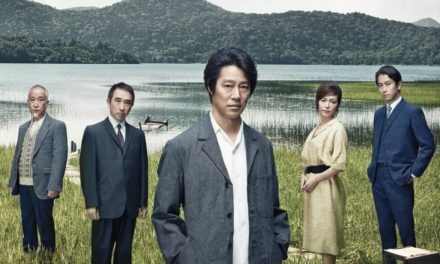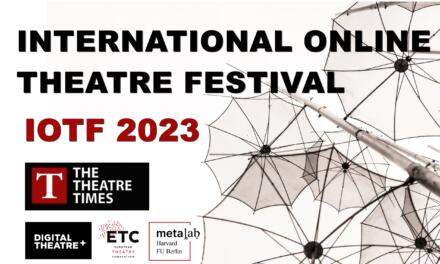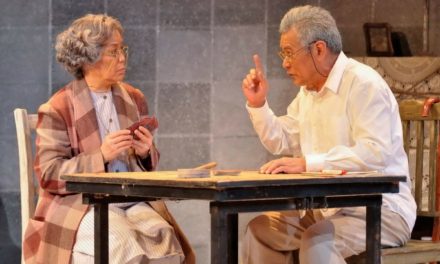In recent years, theater fans and artists here and abroad have increasingly been wakening up to the fact that cherry blossoms aren’t the only spring bounty in Japan.
That’s because, thanks to the annual World Theatre Festival Shizuoka under Mt. Fuji, the coastal city of Shizuoka midway between Tokyo and Nagoya also beckons with a wealth of top-class performing arts presented there and in the beautiful surrounding countryside of Shizuoka Prefecture to coincide with the slew of national holidays known as Golden Week.
Now in its 10th year, the festival organized by Satoshi Miyagi, the artistic director of Shizuoka Performing Arts Center (SPAC), will this time include top artists from eight countries. Between them, they will present seven varied programs between April 29 and May 8 at venues around the city — including SPAC’s Shizuoka Arts Theatre and a stage specially built in the central Sumpujo Park — as well as at SPAC’s Udo open-air theater in the rolling hills of Nihondaira Park.
As to why attendances are growing year after year, Miyagi says, “I still remember an interesting episode at a press conference when a local newspaper reporter asked me how such a great festival could happen in a tiny prefecture like Shizuoka.
“I suppose the answer is really that more and more people are recognizing how it is quietly but steadily becoming a showcase for some of the best of the world’s theater at a time when commercial constraints are allowing fewer chances to see top-class foreign programs even in Tokyo.”
His comments were amplified by the leading playwright, director and founder of the Seinendan Theater Company, Oriza Hirata.
“Because of this international festival,” he says, “theater people here can actually see and learn about current trends around the world, and also become more aware of how to connect with the worldwide market.”
According to Yoko Narushima, SPAC’s managing director, the festival is growing steadily, with paying audience numbers last year up more than 15 percent on 2013. In addition, she says, more and more visitors from outside Shizuoka are tending to stay in the city for a few days.
In her view, these positive trends have gathered pace since SPAC moved the festival’s dates from June to Golden Week in 2014, allowing holidaymakers to add a little culture to their leisure (along with some of the country’s freshest and most reasonably priced seafood), while giving theater buffs every excuse to unwind and indulge themselves away from the big-city bustle.
To help ensure the success of that shift in timing, SPAC also revised its programming to utilize more outdoor venues, including the city’s streets and parks, and even residential areas, so a wider range of people can encounter theater in their daily lives.
In addition, this year SPAC is adding an element called Strange Seed, which features 14 free street performances in the city center that consist of contemporary dance, physical comedy, and mime.
Explaining his approach, Masahiro “Worry” Kinoshita, Strange Seed’s program director, says, “I invited artists who are able to perform for very mixed audiences, and who have a real pop sensibility, because I especially want this program to reach out to people who’ve never seen theater or dance before.”
To further foster bonds between festival audiences and local people, this year SPAC will also repeat its unique Nedoco accommodation project that proved such a hit when it was launched last year — allowing audience members to stay at such places as temples and public halls for a nominal ¥3,000 per night to cover the cost of meals.
As a result of all this, the festival is playing a greater role in Shizuoka society — but how is it resonating around the theater world?
Certainly, many overseas artists have been coming back after their first visit, sometimes to collaborate with SPAC’s actors and staff and create new programs together.
Prominent among these was French director Claude Regy, who debuted in 2010 with his acclaimed solo drama Ode Maritime — then returned in 2013 to create and perform a new play, titled Allay, with SPAC actors, before taking it on tour in Europe and Asia with the same Japanese cast.
This year’s lineup includes other familiar faces, too.
Among them is SPAC regular Olivier Py, the artistic director of France’s Avignon Festival who returns with a new version of his The Girl, the Devil and the Mill from his acclaimed Grimms’ Fairy Tales trilogy. Premiered to great reviews at the 2014 Avignon Festival, Py will this time stage the work at SPAC’s Udo theater.
Another returnee is the Lebanese-Canadian playwright, director, and actor Wajdi Mouawad, who made his Japanese debut at the 2010 festival with his award-winning play Littoral, and this time brings his solo autobiographical masterpiece Seuls.
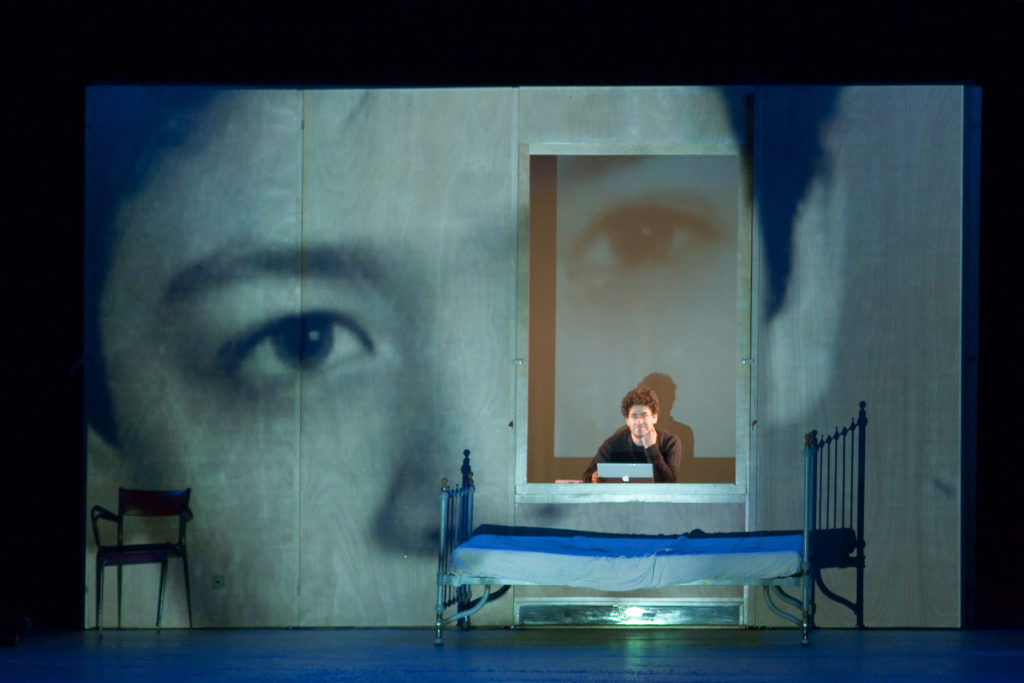
Wajdi Mouawad’s Seuls | © THIBAUT BARON
“It was a great experience for me and my team to be hosted in SPAC’s own guesthouse in its Nihondaira Park estate, and I’m always attentive to any possible partnership founded on the artistic bridge initiated by Miyagi and his SPAC people,” Mouawad said via email.
Australian artist Tim Watts is another one of many with fond memories of SPAC’s upland base. As he prepares to make his second festival appearance, this time with It’s Dark Outside, his nonverbal short play involving imaginative puppetry, animated films, and original music, he recalled in an email how, “Six years ago, drinking green tea freshly harvested from the fields just outside the theater I’d just performed in, and staring out at Mount Fuji towering above me, I felt dwarfed by the breathtaking setting of Shizuoka that is infused with art and culture.”
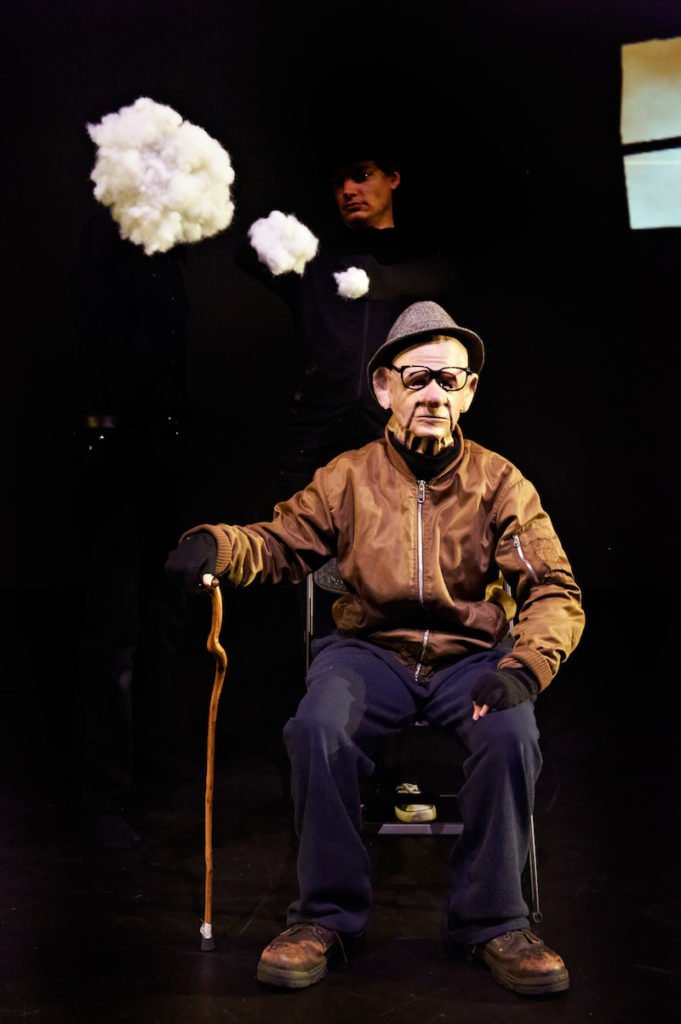
Tim Watts’ It’s Dark Outside | © RICHARD JEFFERSON
In a slightly different way, returning Singaporean director Ong Keng Sen, who is one of the biggest names in Asian theater, reported that SPAC’s “unique character” helped to lure him back.
“The sense of adventure in a festival is very important and SPAC has this,” he said. “I don’t believe in bourgeois festivals that are about bringing ‘the best’ together. A festival in its deeper meaning is about a time and space outside of our normal lives; it’s an escape valve, a carnival which enriches our life afterward.”
Ong is certainly putting on a carnival this year, combining kabuki, kyōgen (Japan’s traditional comedy theater), and contemporary theater actors with ones from Singapore and Indonesia in his self-styled “global fusion” production of leading Japanese playwright Hideki Noda’s Richard Sandaime (Third-generation Richard), based loosely on Shakespeare’s Richard III.
Explaining that he is “particularly interested in intercultural interfaces, meaning dialogues between cultures,” Ong says he is eagerly awaiting Miyagi’s new work The White Hare of Inaba-Navajo.
In this play, which will have its world premiere at the festival, Miyagi introduces the well-known Japanese fable, The White Hare of Inaba, and a strangely similar story common among Native Americans — then proceeds to create a third version.
In exploring how the ancient fable may have crossed the Pacific and then been transformed, the festival’s artistic director says he was happy to be pursuing the kind of “intercultural interface” beloved by Ong. He also says he has every intention of inviting more great foreign artists as well as introducing the world to Japanese plays by taking his “White Hare” to France in June, for instance, following his Avignon Festival triumph with Mahabharata two years ago.
Besides these five programs by returning artists, two first-timers will join the festival this year.
Already well-known here for his prints and drawings, South African artist William Kentridge will debut with Ubu and the Truth Commission. Created in collaboration with compatriots from the famed Handspring Puppet Company, this work combining Kentridge’s puppetry with live acting, animation and documentary films is intriguingly billed as an updated version of Alfred Jarry’s powerful and groundbreaking 1896 absurdist play Ubu Roi — but set in the post-apartheid era.
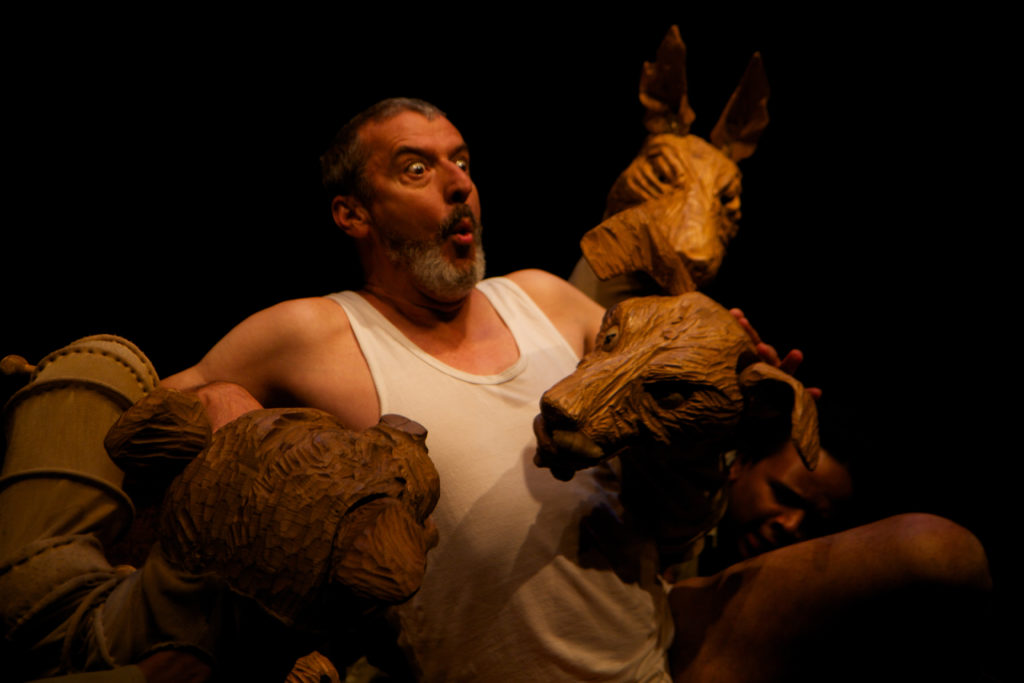
William Kentridge’s Ubu and the Truth Commission | © LUKE YOUNGE
The other newcomer this year is Lebanese actress Sawsan Bou Khaled, who will perform Alice, a nightmarish solo play she wrote and directs that had its world premiere in Beirut in 2013.
All in all, Miyagi seems to be well on course to giving Japan its own outstandingly welcoming, top-notch variant on Avignon’s renowned annual international arts event — and one held in a similarly marvelous natural setting, too.
This post originally appeared on The Japan Times on April 28, 2016, and has been reposted with permission.
This post was written by the author in their personal capacity.The opinions expressed in this article are the author’s own and do not reflect the view of The Theatre Times, their staff or collaborators.
This post was written by Nobuko Tanaka.
The views expressed here belong to the author and do not necessarily reflect our views and opinions.

